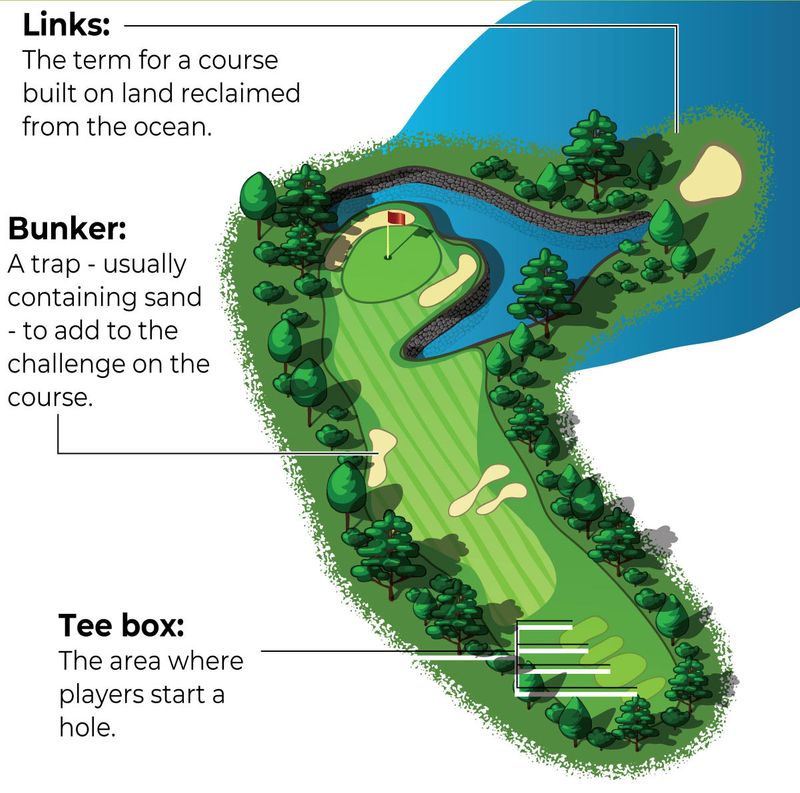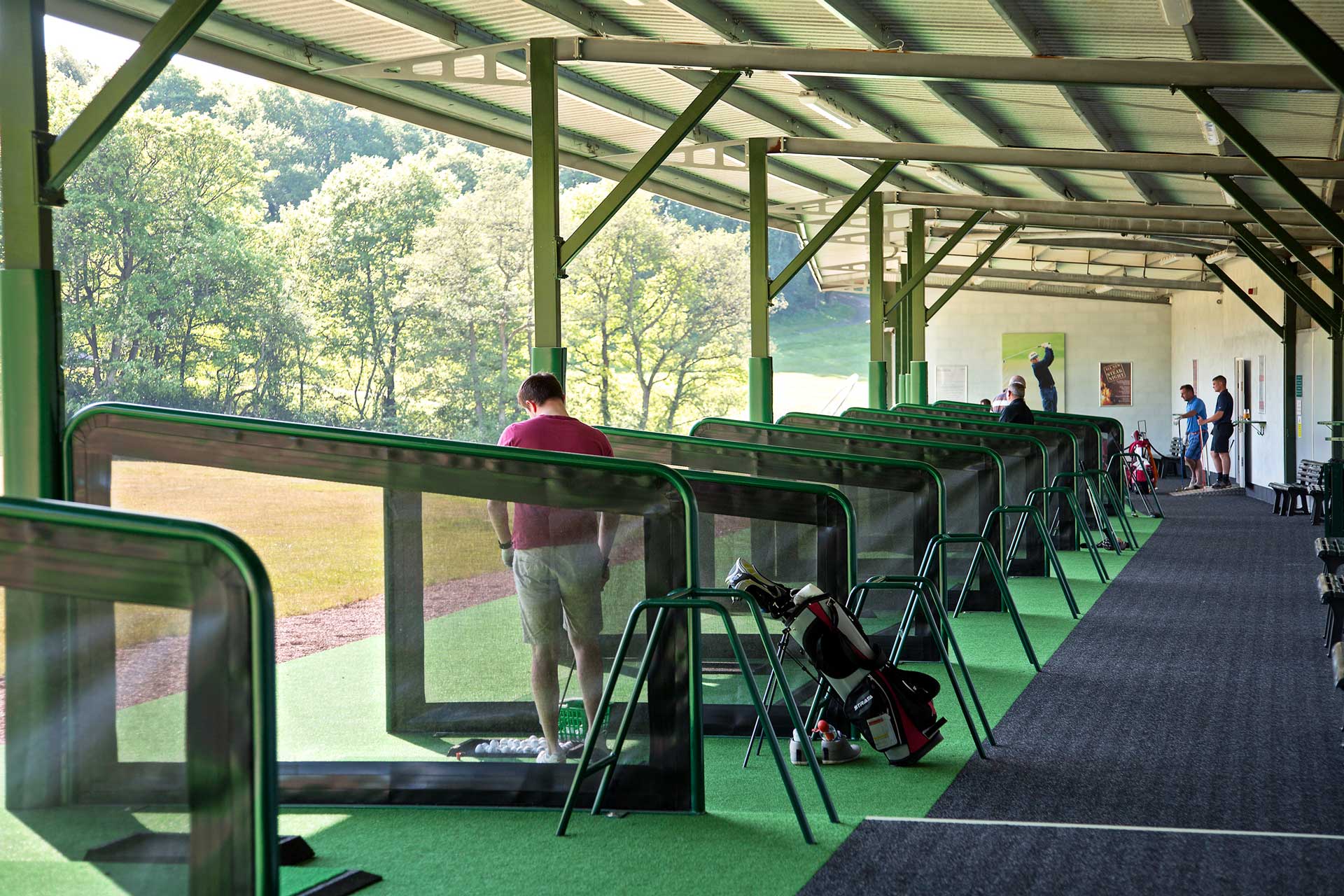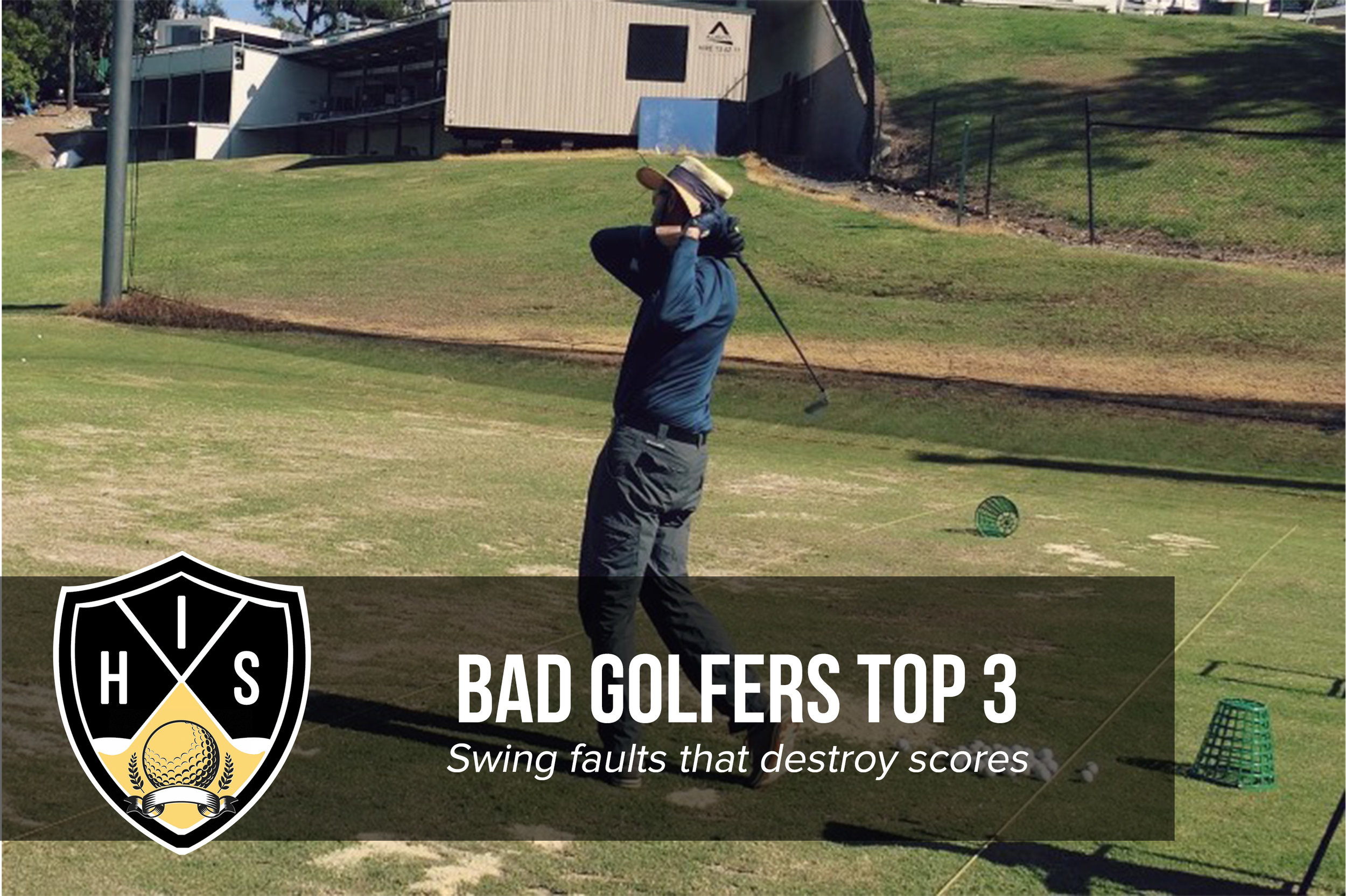
If you have ever wondered how to play backspin while playing golf, you are not the only one. Many golfers have asked the same question. They want the best way to control the spin of a golf club so that it produces maximum spin. Six important factors affect the spin of a golfball. These are some tips that will help you get started.
Creating backspin on a golf ball
There are many methods for creating backspin on a golf ball. You must hit the ball harder to get your ball to spin. You can hit a golf ball that spins more easily. To generate more spin, the ball must only be hit from a realistic distance. The ball will not stop dead at the landing point, so you have to allow for rolling of the ball after it lands.
You should consider six factors when trying to create backspin using a golf club. One of these factors is the angle at which you are attacking the ball. A steeper angle means that the ball is more likely to produce more spin. In addition, the direction of the wind will also affect how much backspin you are able to create. Backspin will be less likely if the wind blows in an opposite direction to the course.

Controlling backspin on a golf ball
Backspin is crucial in golf. It is crucial for distance, height, control, and accuracy. A golf ball with more backspin will be less likely to hit the ground. Backspin balls will only land in one spot, and bounce less frequently. You can control backspin by using proper swing technique. Here are some tips on controlling backspin while playing golf.
Understanding the basics behind spin is the first tip. Without spin, a golf ball will land on the green short or on a bump. A ball without spin will likely roll up and over the back of the green, and will often go off-target and over the back of the green. Fortunately, there are some simple tips for controlling backspin on a golf ball. You will be happy with the results.
Maximizing the spin of a golf club ball
Many golfers strive for maximum ball spin. While some spin is useful, some is not. As with every aspect of golf the key is optimizing the spin that your ball produces with your swing and clubs. Here are some tips for improving your golf game with spin. Todd Mrowice was the staff writer for GolfLink. He covers all aspects of the game including professional tours and golf travel.
To get maximum spin, choose a ball with a urethane cover. These balls will respond best to square grooves and short irons. You'll get maximum spin. A ball covered with a hard material will reduce spin. Softer balls, however, will continue spinning after impact. Spin is loved by low-handicappers. They feel more in control of the greens and have the confidence they need.

Increasing backspin on a golf ball
The ability to increase the backspin of a golf ball makes it more fun and challenging for opponents. It helps the golf ball to control its landing, which is critical for the short game. A good backspin will keep the ball on the green, and it will also help with precision and accuracy. Here are some tips to increase your backspin.
The first step in improving the backspin of your golf ball is to adjust the angle you hit it. Most amateur golfers learn to hit the balls too steeply. This can lead to a loss of spin. You can make every shot spinner by increasing the angle you attack. It is important to consider where your ball hits. You will get the most backspin from your ball if you consider where your swing is.
FAQ
What does a perfect golf swing look and feel like?
Balance is the key ingredient to a great golf swing. Balance is the ability to be steady and even throughout your entire body movement. Your arms should be strong and relaxed while you swing the golf ball. Your shoulders should be straight to the target line.
Keep your head up during the backswing. Then, follow through. Swing effortlessly and keep your wrists straight. Do not use force when hitting the ball. Instead, try to make smooth, fluid movements.
What happens at a golf round's end?
At the end a round, the person with the lowest score wins. If two players tie for first place they each win.
If more than three people are tied for first place after 18 golf holes, they each share the prize money.
If there are two or more players who remain tied after 18 holes the tournament committee determines who will receive the prize money.
What is a bogey?
A bogey is a goal for golfers. This is not a part of the game, but merely a way to keep score. The hole is won by the player who gets closest to the number.
Jock Hutchison (the first professional golfer from Scotland) invented the idea of a Bogey. The idea was born out of his playing at home.
To keep track of his progress against himself, he put a number on a piece paper and attached it to his wall. This became known as "Hutchy Bogey."
Statistics
- In the United States, women made up 25 percent of golfers in 2021, which was up from 19 percent in 2011, and junior female golfers account for 35 percent or 1.1 million golfers.[50] (en.wikipedia.org)
- Professional golfers typically make between 60% and 70% of greens in regulation. (en.wikipedia.org)
- They do this by means of assessing and rating courses according to the average good score of a "bogey golfer," a player with a handicap of around 20. (en.wikipedia.org)
- Professional golfers typically make between 60% and 70% of greens in regulation. (en.wikipedia.org)
External Links
How To
How can you play more golf when the wind is blowing?
Golf is a game played outdoors on open grassy areas. It is one of the most popular sports around the globe. There are many kinds of golf courses in the world. They range from public parks and private clubs. Indoor golf can also be played, such as in shopping malls or indoor arenas. Each hole has a number of holes where players have to hit the balls. Each hole has a tee box, fairway, rough, hazards (e.g., water), and green. Players use either a driver, wedge, long iron, or putter, depending upon the type of shot required. Depending on the rules of the course, players may have to carry the ball up to a certain distance before hitting it, or they may only have to drop the ball in the cup. There are many factors that affect how a golfer hits the ball when playing outside. These include temperature, humidity and visibility.
There are two main types: crosswinds, and headwinds. Headwinds blow left to right and crosswinds from left to right. If the wind blows toward the golfer it means that he/she hits against the wind. But if it blows away from him/her it will mean that he/she hits with the wind. Playing golf in a strong wind is much harder because the ball tends to fly higher and further. It becomes difficult for the player control the trajectory and the direction of the ball. To compensate for these effects, players try to keep the club face perpendicular to the ground. They strike the ball in a way that allows them to make full contact with it and get maximum power out of it. Even though the ball is less likely to fly in stronger winds, it still travels further due to its increased air resistance.
Playing golf in the wind requires a lot of practice. The wind can affect the flight path of your ball, as we have already mentioned. The area is affected by wind, so a good golfer needs to know this information. He/She would adjust his/her swing accordingly so that he/she can hit the ball cleanly without losing any energy. The wind's location is another important consideration. The wind does not travel uniformly in all directions. For example, the wind from the ocean tends to be quite light, but it's often stronger near shoreline. Similarly, the wind blows strongest close to the ground. Golfers need to pay particular attention to wind direction, intensity and other factors.
Golf in the wind is a constant adjustment process. You need to watch the wind and make sure that your swing is aligned properly. Also, you have to learn how to read the wind and adapt your swing accordingly.